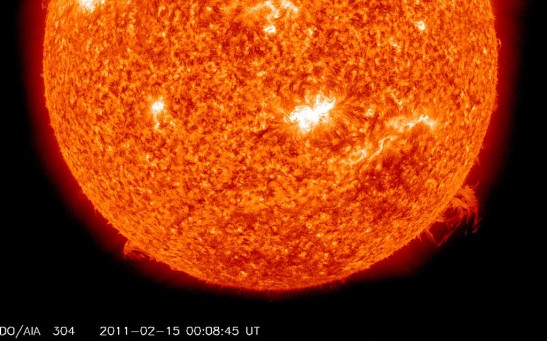space
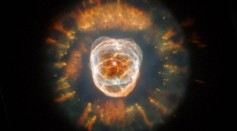
Nebula NGC 2392 Seems to Send a Creepy Message as Its Sonification Goes Viral; Can You Depict It?

Planetary Conjunction: Watch Mercury, Venus, Mars, Jupiter, Saturn Align in Lovely Night Sky
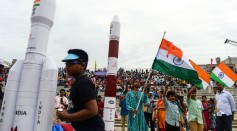
India Space Agency Set to Commence Mission to Venus in 2025 for First Sub-Surface Observation on the Planet
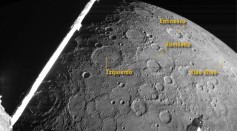
BepiColombo Shares Stunning View of Mercury After Completing Latest Flyby [LOOK]
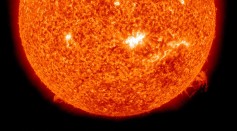
Giant Solar Flare Points at Earth as it Doubles in Size Again; Should People Worry?

NASA Declares Artemis 1 Wet Dress Rehearsal Good Enough to Push Moon Mission

Sierra Space, Spaceport America Agree to Land Dream Chaser Spaceplane in New Mexico When It Starts Its NASA Missions
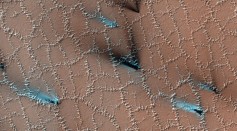
Mars Web-Like Patterns and Blue Fan-Shaped Marks Seen on Surface, What Are They?

ESA Releases New Map From Gaia Mission Revealing Additional Secrets About Milky Way, Stars, Asteroids and More
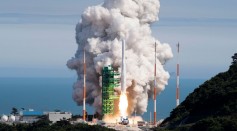
South Korea Successfully Launches Nuri Rocket Carrying Satellites Into Orbit After Failed Attempt Last Year
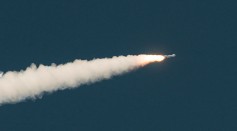
Mysterious Slow-Moving Fireballs in Spanish, Morocco Skies Are Debris From a Chinese Rocket Reentering the Earth's Atmosphere

China Aims to Get Mars Rock Samples By 2031; Will It Leave NASA, ESA Behind Space Race By 2 Years?

Sun Roasts Comet 323P/SOHO to Death After Going Too Near Its Hot Surface

Pluto I's Red Polar Cap Explained: Reddish Material on the Natural Satellite Due to Dynamic Methane Atmosphere
Most Popular

Optimizing Complex Catalog Systems with Graph Theory and Indexing

AI Revolution in Medical Education: Transforming How Healthcare Professionals Learn

Nikolay Karpenko Biography, Photo, Career, Accomplishments

Practical Steps to Future-Proof Your Money to Create Financial Security

